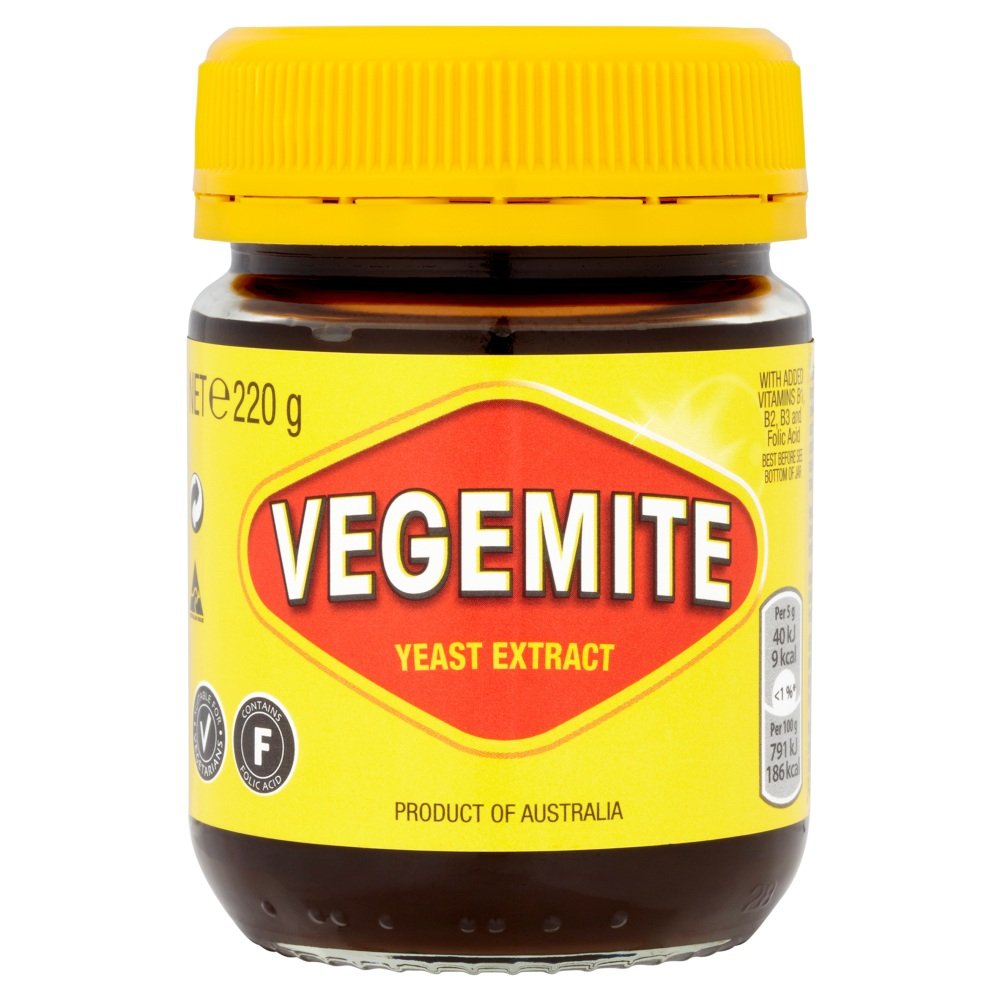

It’s not clear at all, no.
Is this proposal patently ridiculous? Yes. Do I believe there’s at least one legislator in Mississippi who unironically believes in this bill exactly as written, and is playing this completely straight? Considering all that’s happened so far, why not?
Satire doesn’t work when the obvious hyperbolic nonsense is within actual expected behavior of the satirized.
I won’t claim one way or the other that this is or is not satire. I don’t know who this legislator is and I don’t really care. But no, with the whole article you’re pasting everywhere in this thread as my only context clue, I certainly didn’t find enough evidence to be convinced he doesn’t actually believe this.








I’d buy controlling share of all three companies that own Pokemon and change absolutely nothing except fund Game Freak to hire more software talent and give them enough time for an actual development cycle worth a damn.